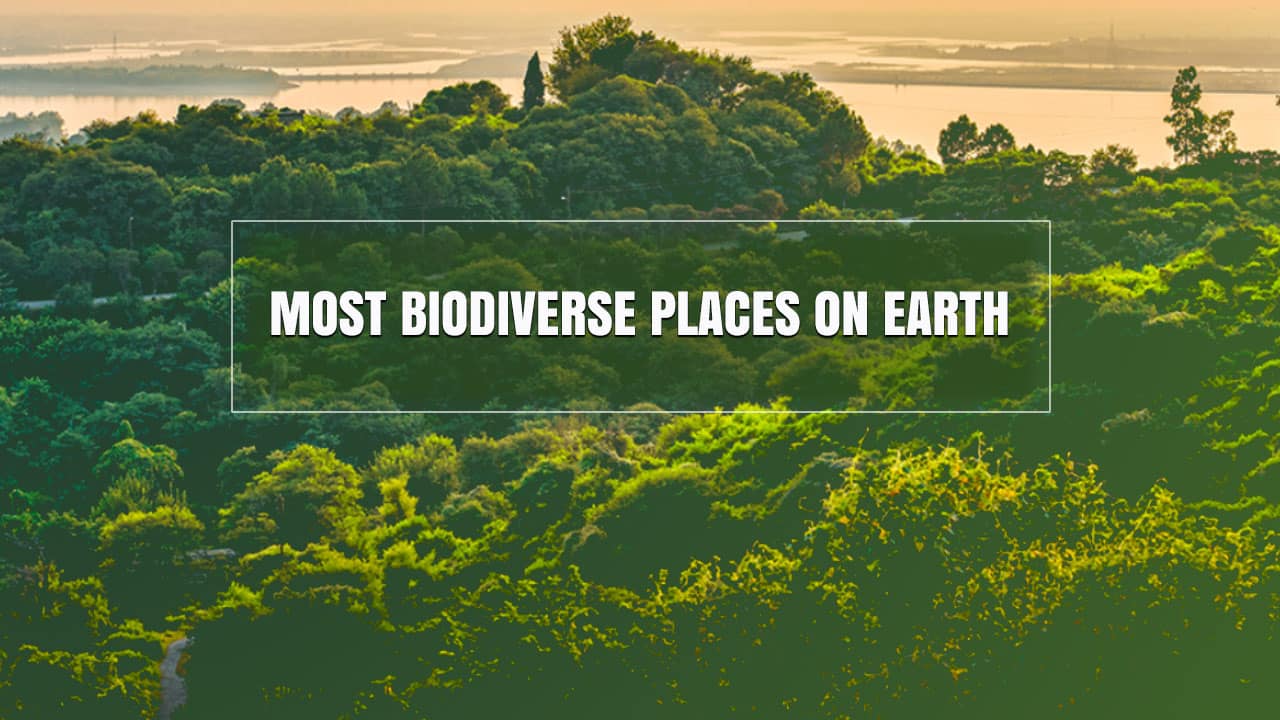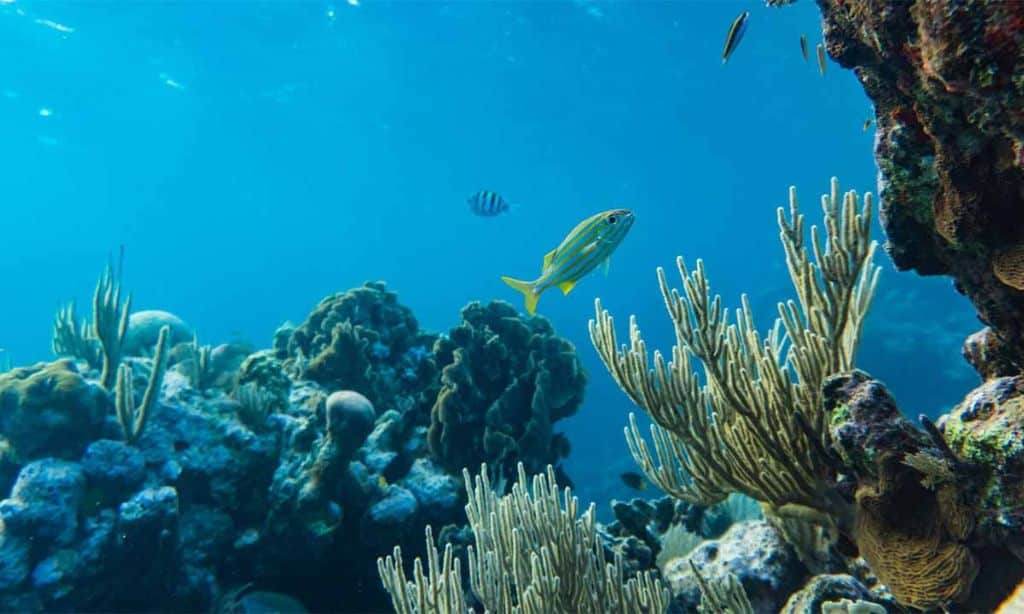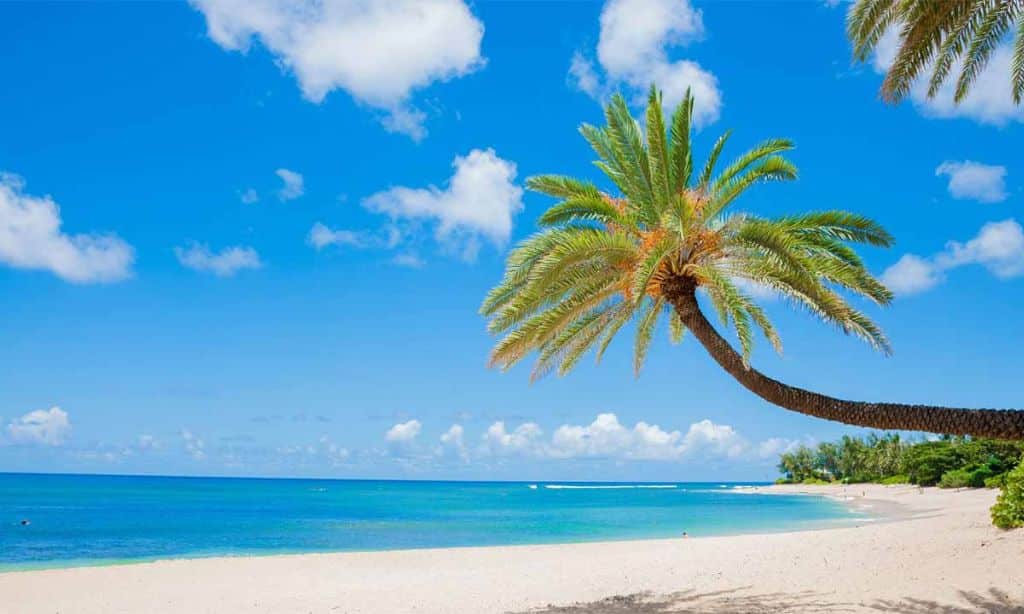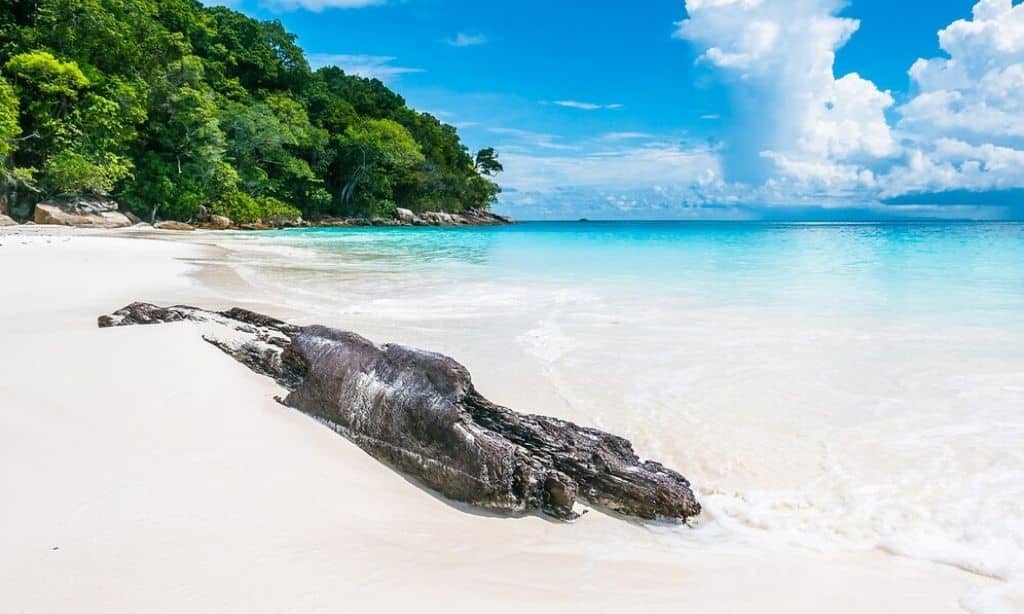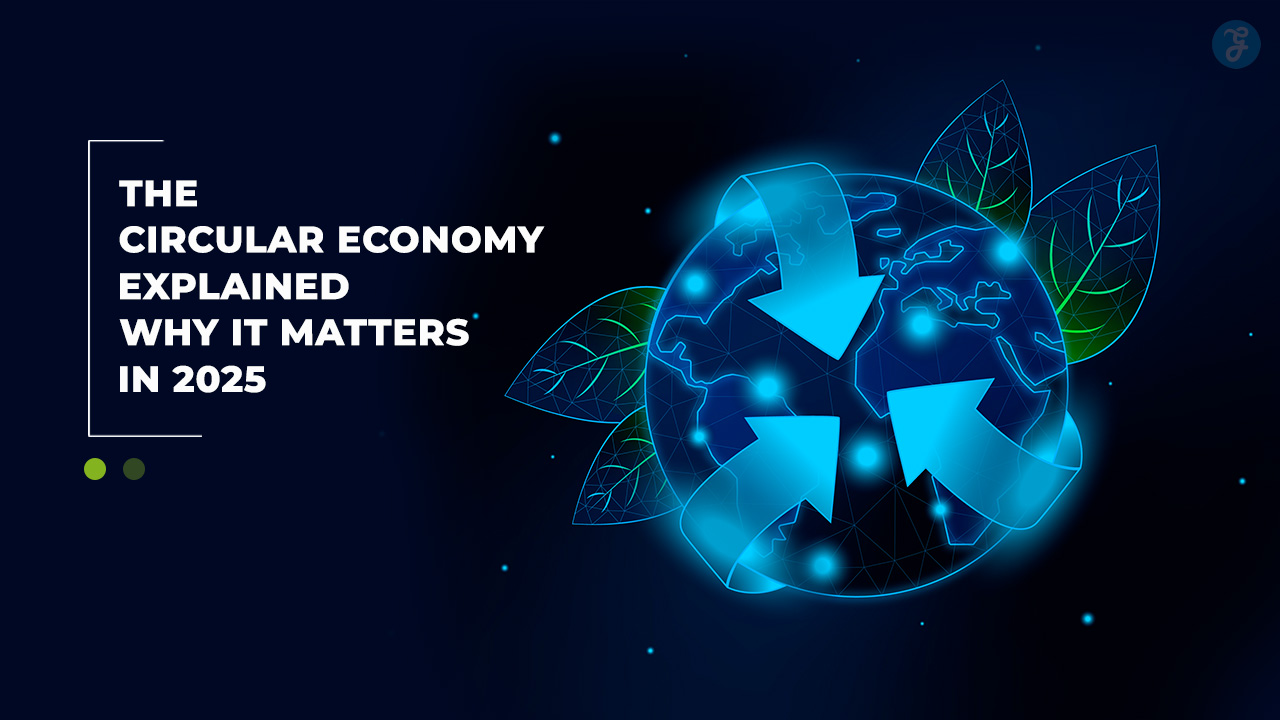Earth is home to an incredible array of plant and animal life. Some places stand out for their extraordinary biodiversity, from lush rainforests to remote islands. These particular areas teem with unique species you can’t find anywhere else.
The most biodiverse spots on our planet hold many different plants, animals, and other living things. You’ll discover tropical jungles bursting with colorful birds and rare orchids.
Remote mountaintops hide plants that grow nowhere else on Earth. Coral reefs swarm with fish of every shape and hue. These natural wonders show nature at its most vibrant and varied.
1. Amazon Rainforest, South America
The Amazon Rainforest is a marvel of biodiversity. It covers over 5.5 million square kilometers across nine countries in South America. This vast expanse is home to an incredible array of life.
You’ll find over 3 million species living in the Amazon. That’s about 10% of all known species on Earth. The forest boasts more than 40,000 plant species, including 16,000 tree species.
Animal life is just as diverse. The Amazon houses 1,300 bird species, 430 mammal species, and 378 reptile species. It also has over 400 amphibians and around 3,000 freshwater fish species.
The Amazon’s biodiversity isn’t just about numbers. It’s also about uniqueness. Many species found here exist nowhere else on the planet. These endemic species make the Amazon even more special.
Forests play a crucial role in global climate regulation. It stores massive amounts of carbon and releases water vapor that affects rainfall patterns across South America.
Sadly, the Amazon faces threats from deforestation and climate change. Protecting this biodiversity hotspot is crucial for maintaining Earth’s ecological balance.
2. Congo Basin, Africa
The Congo Basin is one of the most biodiverse places on Earth. It’s home to Africa’s largest tropical rainforest, spanning six countries in Central Africa.
You’ll find an incredible variety of life here. The basin hosts over 10,000 plant species, 1,000 bird species, and 400 mammal species. Many of these can’t be found anywhere else in the world.
The Congo Basin is vital for the planet’s health. It acts like a giant sponge, soaking up carbon dioxide from the air. This helps fight climate change and keeps our air clean.
You might spot gorillas, chimpanzees, or forest elephants among the dense trees. These animals play essential roles in keeping the forest healthy.
Rivers crisscross the basin, creating unique habitats. Fish, crocodiles, and hippos thrive in these waters. The Congo River itself is the second longest in Africa.
Sadly, the Congo Basin faces logging, mining, and farming threats. Protecting this area is crucial for preserving its fantastic biodiversity and helping our planet.
3. Coral Triangle, Southeast Asia
The Coral Triangle is a marine wonderland in the western Pacific Ocean. It covers parts of Indonesia, Malaysia, the Philippines, Papua New Guinea, Timor-Leste, and the Solomon Islands.
This area is a treasure trove of sea life. It has nearly 600 different types of reef-building corals. That’s about 75% of all known coral species on Earth.
The Coral Triangle is home to over 2,000 kinds of reef fish. You’ll also find six of the world’s seven sea turtle species here.
This region’s biodiversity is unmatched. It has more marine species than anywhere else on the planet. Scientists call it the “Amazon of the seas.”
The Coral Triangle isn’t just pretty to look at. It’s crucial for millions of people. Many rely on its rich waters for food and jobs. Protecting this special place is vital for both nature and humans.
4. Madagascar, Indian Ocean
Madagascar is a genuine hotspot of biodiversity. This island nation in the Indian Ocean is home to an incredible array of unique plants and animals.
Did you know that only 5% of all known animal and plant species on Earth can be found in Madagascar? It’s true! The island’s isolation for millions of years has led to the evolution of many species found nowhere else.
You’ll find lemurs here – those ghostly primates unique to Madagascar. There are over 100 different lemur species on the island. The indri lemur’s haunting calls echo through the eastern rainforests.
Plants thrive in Madagascar too. The island boasts over 12,000 plant species, most of which are endemic. You can see beautiful orchids and ancient baobab trees as you explore.
Madagascar’s national parks showcase its natural wonders. Isalo National Park features rugged canyons and lush oases. In Andasibe-Mantadia National Park, you’ll wander through misty rainforests.
The waters around Madagascar teem with life as well. Over 2,000 fish species inhabit the coral reefs here. You might even spot rare sharks or skates in the Indian Ocean.
5. Great Barrier Reef, Australia
The Great Barrier Reef is a treasure trove of life. It stretches over 2,300 kilometers along Australia’s northeast coast. You can find more than 400 types of coral here.
Fish lovers rejoice! The reef is home to 1,500 species of fish. From tiny clownfish to massive whale sharks, there’s something for everyone.
But that’s not all. The reef supports 4,000 types of mollusks. These include colorful nudibranchs and giant clams.
Endangered sea turtles and dugongs are also called the reef home. It’s a vital habitat for these creatures.
Sadly, the reef faces challenges. Recent years have seen high ocean temperatures. These warm waters can harm corals.
Between 2016 and 2024, the reef experienced mass coral bleaching. This happens when corals get too hot and expel their colorful algae.
Scientists found that 2024 saw the highest temperatures in 400 years. This puts the Great Barrier Reef in danger.
Despite these issues, the reef remains a biodiversity hotspot. Its vast array of life makes it one of Earth’s most wondrous places.
6. Papua New Guinea, Oceania
Papua New Guinea is a treasure trove of biodiversity. This island nation in Oceania boasts some of the most diverse ecosystems on Earth.
You’ll find lush rainforests teeming with unique plant and animal species. Papua New Guinea is home to over 20,000 plant species, with many found nowhere else.
The waters surrounding the island are just as rich. Coral reefs here support an incredible variety of marine life. Scientists are still discovering new species in these vibrant underwater ecosystems.
Papua New Guinea’s birds are a highlight for nature lovers. The country has over 700 bird species, including 38 of the 43 known birds of paradise.
Mammals like tree kangaroos and echidnas roam the forests. These creatures have adapted to life in Papua New Guinea’s varied habitats.
The island’s isolation has allowed many species to evolve independently. This has led to high levels of endemism, meaning many plants and animals are found only here.
Conservation efforts are crucial to protect this biodiversity hotspot. Local communities and scientists work together to study and preserve Papua New Guinea’s natural wonders.
7. Sundaland, Indonesia
Sundaland is a biodiversity hotspot that will take your breath away. This region includes the islands of Borneo and Sumatra, along with parts of Java and the Malay Peninsula.
You’ll find a fantastic variety of plant life here. Sundaland is home to about 25,000 species of vascular plants. Even more impressive is that 15,000 plants grow nowhere else on Earth.
The trees in Borneo are incredibly diverse. You can see around 3,000 different tree species on this island alone. Many unique animals also call Sundaland home.
Sundaland’s forests grow in some unusual places. You might spot them on white-sand soils, sandstone plateaus, and even raised beaches. These areas have acidic soils that don’t hold many nutrients.
One of Indonesia’s most striking natural sights is found in Sundaland. Mount Bromo in East Java is a volcano surrounded by a massive crater. You can take a 4WD vehicle to see its smoldering peak up close.
The Gunung Leuser National Park in Sumatra is another must-see spot. It’s one of the most biodiverse areas in all of Sundaland. You’ll have the chance to see rare wildlife in their natural habitat.
8. The Himalayas, Asia
The Himalayas are a biodiversity hotspot like no other. This mountain range spans several Asian countries and boasts incredible ecosystem variety.
You’ll find snow-capped peaks, lush valleys, and everything in between. The Himalayas are home to over 15,000 glaciers, making them the third-largest deposit of ice and snow on Earth.
You can spot unique animals like snow leopards and red pandas in these mountains. The Asian elephant and greater one-horned rhino also roam the lower regions.
Plant life is just as diverse. The valleys have a dazzling array of orchids and many different tree species. This rich plant life supports countless other organisms.
The Himalayas are often called the “Third Pole” due to their importance. They’re the source of significant rivers providing water to millions across Asia.
Despite covering less than 1% of the world’s land, the Himalayas host a fantastic range of life. Each area supports its unique mix of plants and animals, from towering peaks to deep valleys.
9. Galápagos Islands, Pacific Ocean
The Galápagos Islands are a biodiversity hotspot in the Pacific Ocean. You’ll find these volcanic islands about 600 miles off Ecuador’s coast. They’re famous for their unique plants and animals found nowhere else on Earth.
Many species here are endemic, meaning they exist only in the Galápagos. About 80% of land birds, 97% of reptiles and land mammals, and over 30% of plants are unique to these islands.
The marine life is just as unique. More than 20% of sea creatures in Galápagos waters can’t be found anywhere else. This makes the islands a treasure trove for scientists and nature lovers alike.
Charles Darwin’s visit to the Galápagos in 1835 inspired his theory of evolution. The islands still serve as a living lab for researchers studying biodiversity and adaptation.
You’ll see amazing creatures like giant tortoises, marine iguanas, and flightless cormorants. The islands also have unique bird species like Darwin’s finches and Galápagos penguins.
The rich biodiversity of the Galápagos comes from its isolation and varied habitats. Each ecosystem supports different life forms, from lush highlands to dry lowlands and coastal areas.
Conservation efforts are crucial to protect this special place. Threats like illegal fishing and non-native species put pressure on the islands’ delicate balance.
10. Central America, Neotropics
Central America is a natural wonder bursting with life. This small region holds an incredible 5% of Earth’s species in just 0.03% of its land area.
You’ll find fantastic biodiversity hotspots here. Costa Rica alone is home to about half a million species. That’s a lot of plants and animals packed into one little country!
The area includes lush rainforests, cloud forests, and Caribbean beaches. Monteverde in Costa Rica is a must-see for bird lovers. Its misty forests are home to countless colorful birds.
But it’s not just Costa Rica. The whole Neotropical region, which includes Central America, is a champion of biodiversity. It has the most diverse places on Earth, with at least a third of all species calling it home.
From tiny frogs to towering trees, life thrives here in countless forms. It’s a living laboratory of nature’s creativity and resilience.
Significance of Biodiversity
Biodiversity plays a crucial role in our world. It benefits the environment, economy, and cultures in many ways. Let’s explore why biodiversity matters so much.
Ecological Benefits
Biodiversity keeps ecosystems healthy. Different species work together to:
- Clean air and water
- Pollinate plants
- Control pests
- Cycle nutrients
More species means more robust ecosystems. They can better handle changes like:
- Climate shifts
- Natural disasters
- Disease outbreaks
Diverse ecosystems also store more carbon. This helps fight climate change.
Economic Value
Biodiversity brings significant economic benefits. Many industries rely on nature’s variety:
- Agriculture
- Medicine
- Tourism
- Fishing
Plants and animals give us:
- Food
- Medicine
- Raw materials
Ecotourism creates jobs in biodiverse areas. It can bring in millions of dollars.
New species may hold cures for diseases. They could inspire new products, too.
Cultural Importance
Biodiversity shapes cultures around the world. It connects people to nature through:
- Art
- Traditions
- Beliefs
Many cultures see plants and animals as sacred. They play vital roles in:
- Rituals
- Stories
- Symbols
Local biodiversity gives places their unique feel. It helps form cultural identities.
Losing species can harm cultural practices. It may erase essential knowledge passed down for generations.
Threats to Biodiversity
Biodiversity faces several significant threats that put Earth’s ecosystems at risk. These dangers impact species and habitats worldwide, potentially severely affecting the planet’s natural balance.
Climate Change Impacts
Climate change poses a severe risk to biodiversity. Rising temperatures force many species to move to new areas or face extinction. Polar bears struggle as Arctic sea ice melts. Coral reefs bleach and die as oceans warm.
Extreme weather like droughts and floods destroys habitats. Some plants and animals can’t adapt fast enough. Climate shifts also change the timing of essential events in nature. This disrupts food chains and breeding cycles.
You can see these effects in many places. For example, warmer temperatures in tropical mountains push species to higher elevations. Those at the top may have nowhere left to go.
Habitat Destruction
Human activities destroy natural habitats at an alarming rate. Deforestation clears land for farming and cities. This leaves many species without homes. The Amazon rainforest loses acres every day to logging and agriculture.
Wetlands get drained for development. Grasslands turn into farmland. Coral reefs suffer from coastal building projects. These changes fragment habitats into small patches.
Animals struggle to find food and mates in these smaller areas. Plants lose the space they need to grow. Some key examples:
- 50% of shallow water corals lost in the last 30 years
- 17% of the Amazon rainforest has been cut down in the previous 50 years
Pollution
Pollution harms biodiversity in many ways. Plastic waste chokes marine life. Oil spills coat birds and fish with deadly chemicals. Pesticides kill helpful insects along with pests.
Air pollution weakens plants and changes soil chemistry. Excess nutrients from farms cause algae blooms in lakes and oceans. These use up oxygen and create dead zones.
Light and noise pollution disrupt animal behavior. They affect sleep, hunting, and mating patterns. Some examples of pollution impacts:
- 100 million marine animals die each year from plastic waste
- 75% of global honey samples contain pesticides
Takeaways
The world’s most biodiverse places are essential to the health and stability of our planet. From the vast Amazon Rainforest to the unique ecosystems of the Galápagos Islands, these regions support a stunning variety of plant and animal life.
Biodiversity provides vital ecological, economic, and cultural benefits, contributing to everything from climate regulation to medical advancements. However, these hotspots face significant threats, including climate change, habitat destruction, and pollution.
Protecting these areas is crucial for maintaining the Earth’s natural balance and ensuring the survival of countless species. By understanding and preserving these biodiverse regions, we safeguard the future of our planet and the well-being of generations to come.


